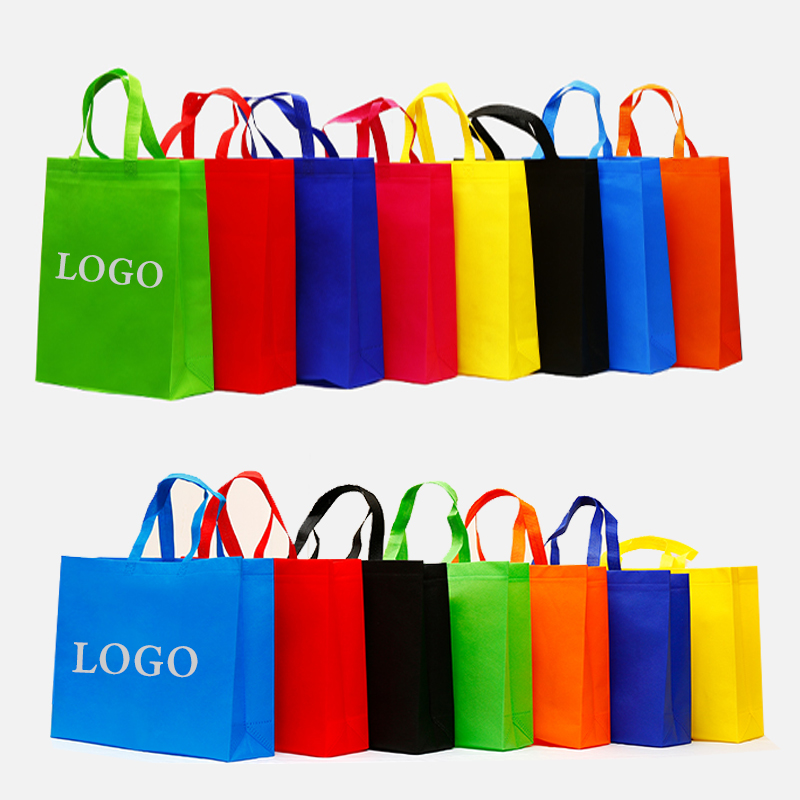Physical indicators of non-woven fabric surface: observe whether the fabric surface is shiny. Whether there are fibers floating on the surface, if there is no luster or a lot of floating silk, it is probably produced by recycled materials. Tear a piece of cloth, burn it completely with fire, observe the burning residue, good product, the residue is small and flat, and the residue is produced from inferior materials, and the residue has a lot of tiny particles of dust. If time permits, you can take one square meter and expose it to the sun. Poor quality non-woven fabrics cannot withstand the ultraviolet rays of the sun. After 7 days, there will be obvious changes. If you tear it by hand, it will be as easy as paper. tear.

The appearance index of the non-woven fabric: randomly select a sample of 2 meters for testing, unfold it in a place with light, and visually inspect the surface of the fabric for unqualified defects such as broken threads and lumps.
At the same time, pay attention to whether the light transmission performance of the cloth surface is consistent (this is an important and simple method to judge the uniformity of the cloth surface). Then spread it on a flat ground, the product with good uniformity, there should be no undulations on the cloth surface. Prices vary by texture, size and thickness
In terms of functionality, non-woven bags are not only suitable for single-product restaurants, but also for restaurants with more complex food categories. Due to its stiff appearance, packing boxes of different specifications can be combined and placed inside. In addition, the square shape also makes the design feel very superior, with a large space for expression, and the unique design can be seen from a distance. In addition, non-woven bags have a strong texture and are often recycled by customers. This will not only help environmental protection, but also serve as a secondary publicity for enterprises. However, due to the high price, there may be more non-woven bags with high unit price.
<< previous
next >>